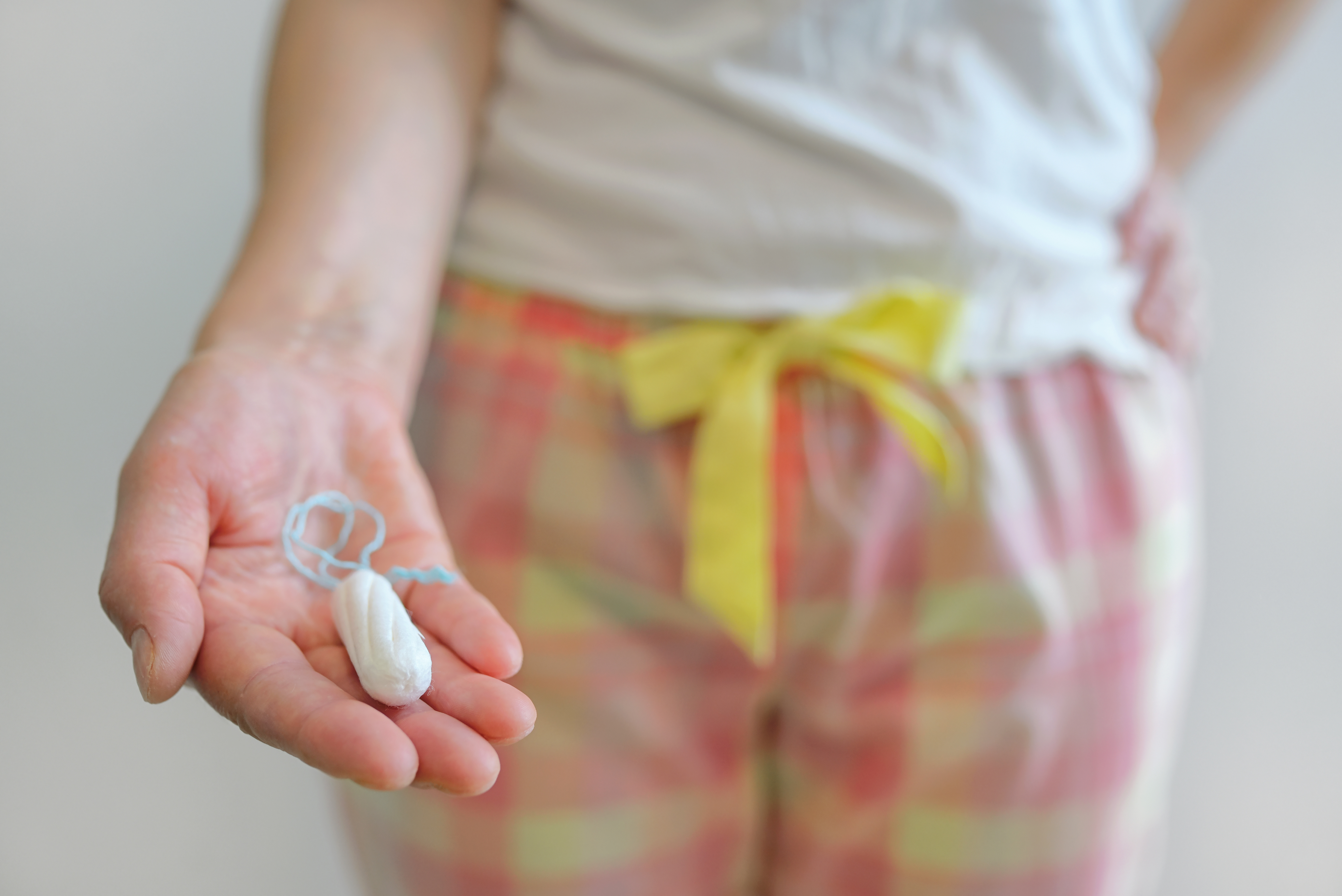Shougong sand is a traditional Chinese medicine used to test a woman's chastity. It is said that once applied to a woman's body, it will not fade away throughout the year, but as soon as she engages in sexual intercourse with a man, it immediately disappears. Because of this characteristic, it was used in ancient China to test a woman's chastity.
According to Zhang Hua's "Record of Natural History," the method and usage of Shougong sand are as follows: Legend has it that Dongfang Shuo once told Emperor Han Wu that Shougong sand is a method for testing a woman's chastity. There are also two different recipes mentioned, with different main ingredients used for Shougong, but the method of preparation varies. In ancient China, there was even a saying of applying Shougong to the navel to prevent conception, as recorded in "Huainanzi. Wanbi Technique":
"Adorn the woman's arm with Shougong, there will be evidence. Take one male and one female Shougong, keep them in a jar, let them dry for one hundred days, and then adorn the woman's arm. If there is evidence, it will disappear when she engages in sexual intercourse with a man."
This recipe only requires one male Shougong and one female Shougong, without the addition of other ingredients, so it may not be referred to as "Shougong sand".
The same book also mentions: "On the seventh day of the seventh month, take Shougong and let it dry, mix it with well water, and apply it to a woman's body. If there is evidence, apply cinnabar to it. If it does not go away, she is not promiscuous; if it goes away, she is unfaithful."
According to this method, in addition to the main ingredient Shougong, "well water" and "cinnabar" are also required. "Cinnabar" has the same effect as "vermilion", but the difference is that the former is ingested with Shougong, while the latter is applied to a woman's body. However, the efficacy of the three substances in testing a woman's chastity is consistent; but the methods and substances used in the latter two, although both mentioned in "Huainanzi," are quite different.
In terms of pharmacology, Western medicine does not use Shougong, but in traditional Chinese medicine, it is mainly used to treat diseases such as infantile umbilical wind, long-term epilepsy, infantile convulsions, weak-hearted epilepsy, paralysis and pain in the limbs, wind and pain in the joints, stroke caused by broken wounds, leprosy caused by pestilence, early-stage scabies, infantile malnutrition, scorpion sting, vomiting and diaphragmatic gas, severe pain from abscesses, etc.
Li Shizhen's "Compendium of Materia Medica" also mentions the use of Shougong to test chastity.
Tao Hongjing, a famous physician from the Liang Dynasty, said: "Shougong likes to stay between fences, feed it with cinnabar, three catties in total, crush it to a dry powder and apply it to a woman's body. If she engages in sexual intercourse, it will disappear; if not, it will remain like redness, hence the name Shougong."
Su Gong, the chief historian of the Right Gate of the Tang Dynasty, also said: "Shougong is also called scorpion tiger because it often stays on the walls. It is named so because of this. It is also called wall palace. Feeding cinnabar to women is a false claim."
Su Gong's interpretation not only contradicts the explanation of the name, but also contradicts the meaning of "Shougong" as stated by Zhang Hua and Tao Hongjing. He also believes that there is no such thing as feeding cinnabar to women, it is just a "false claim." However, Li Shizhen, who collected information from various sources in the Ming Dynasty, believes that what was mentioned in "Huainanzi. Wanbi Technique," Zhang Hua's "Record of Natural History," and Peng Cheng's "Ink Guest Waving Rhinoceros" may not be true, fearing that there may be other methods that have not been passed down. He made a general assumption, using the phrase "lost transmission" to make a speculative judgment. Looking at the "Compendium of Materia Medica" he compiled, there is no mysterious recipe for feeding cinnabar to women to test chastity. The efficacy of using Shougong in medicine and the general statement of testing chastity by medical experts throughout history are mostly as mentioned above.
It is said that there are two types of Shougong sand: one is made according to the method mentioned in "Record of Natural History"; the other is natural red sand found between the claws of the Shougong, which is red like cinnabar and similar in shape and size to fine sand. Some people believe that this is the Shougong sand that can be used to test chastity and even treat infantile convulsions.







